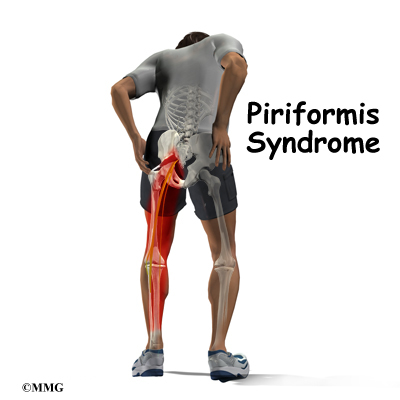tennis_tater
Semi-Pro
I've had some recurring upper quad/hip and lower leg/calf issues for over a year now. Depending on who I have seen over the past couple of months, the problem has gone from being a statin related issue (calve pain and strained muscles allegedly caused by the evil statins), an overpronation issue (resulting in a hyper strained calf/gastroc muscle - wearing orthodics now), a hypothyroid related issue (lower hormone cause hip pain/weak hip muscle), to herniated discs issue (three lower level herniations and/or buldges may be impinging nerve that affect lower leg - recently ruled out by EMG), and now to an inactive glute muscle that has caused/resulted in weak/tight hips (no clue what would have caused the glute to become inactive).
I've been doing some fascia streching training to help loosen the hip/glute muscle every other week for about a month and then also doing clam shells, fire hydrants, monster walks etc. for a few weeks, but the hip just doesn't seem to want to strengthen. Actually, the hip seems to be fine. I just go play tennis after sitting for weeks and after two sets, the glute muscle gets really sore and then seems to lock up after and the leg then feels weak. I just recently started physical therapy where I am undergoing some e-stim and dry needling treatment. At this point, I'm willing to give anything a try to get back on the Court.
Just curious if anyone else has inexperienced an "inactive glute muscle" and what it took, and how long it took, for your glute muscle to start "firing again."
I've been doing some fascia streching training to help loosen the hip/glute muscle every other week for about a month and then also doing clam shells, fire hydrants, monster walks etc. for a few weeks, but the hip just doesn't seem to want to strengthen. Actually, the hip seems to be fine. I just go play tennis after sitting for weeks and after two sets, the glute muscle gets really sore and then seems to lock up after and the leg then feels weak. I just recently started physical therapy where I am undergoing some e-stim and dry needling treatment. At this point, I'm willing to give anything a try to get back on the Court.
Just curious if anyone else has inexperienced an "inactive glute muscle" and what it took, and how long it took, for your glute muscle to start "firing again."



